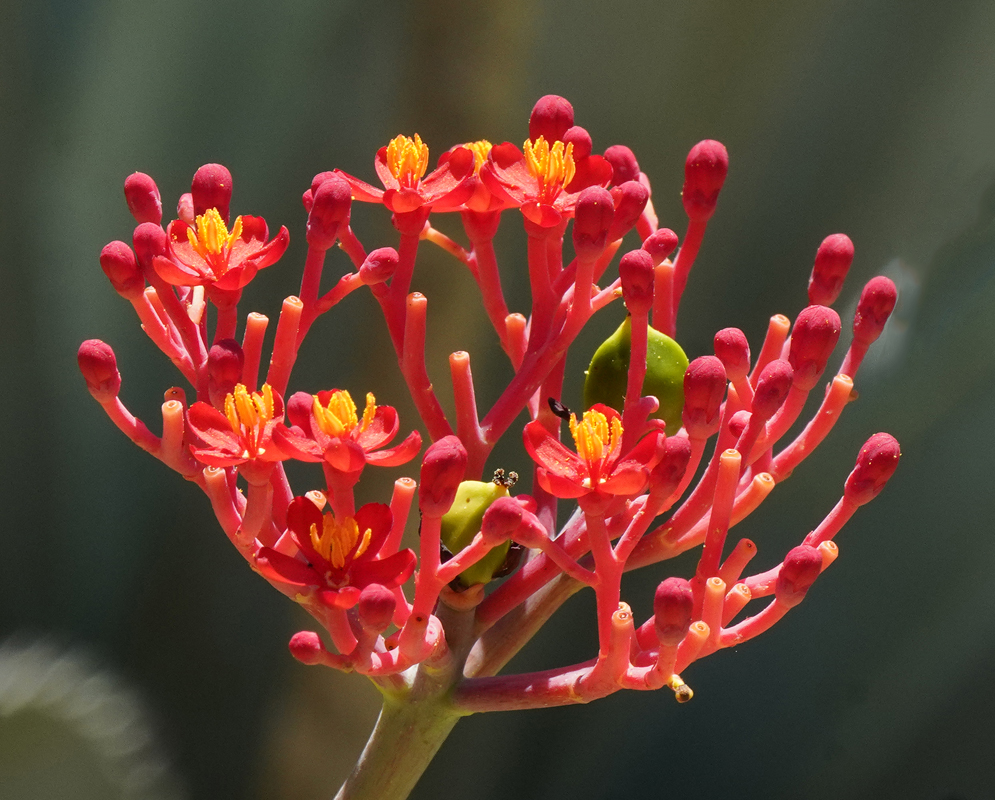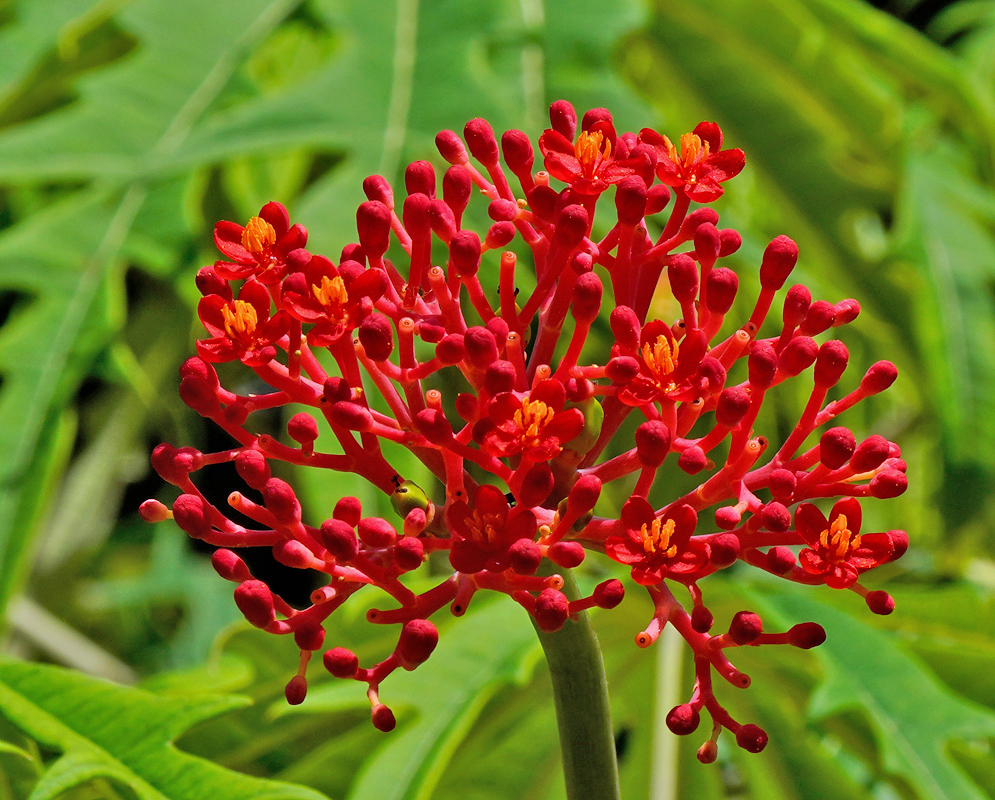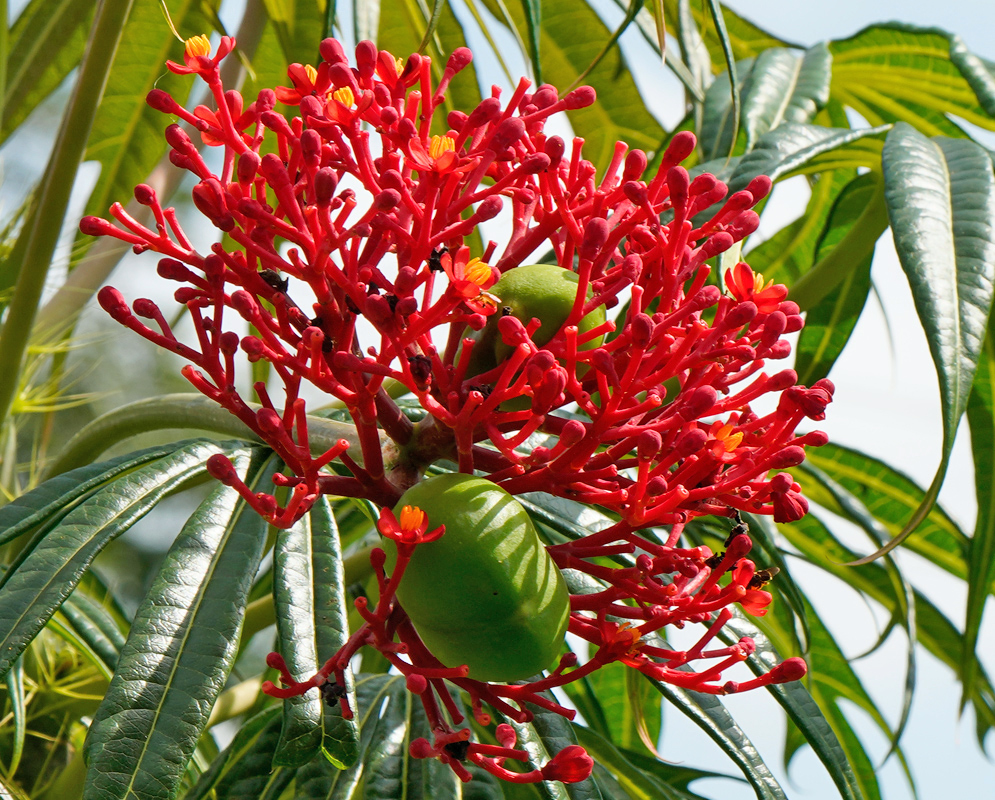This post has 11 Simple Fields-fields attached. Show fields.

Originating from a range stretching from Mexico to Brazil, the single-trunked evergreen shrub has found its way into many gardens across tropical to sub-tropical regions worldwide. It has clusters of small flowers that mostly bloom year-round, each being about 1/4" across, showcased in terminal flat-topped clusters known as compound cymes.
Research has illustrated its potential in exhibiting antibacterial, anti-inflammatory, and antioxidant activities which have been traditionally harnessed for wound healing among other uses. The presence of flavonoids, flavones, apigenin, and vitexin are identified as excellent antioxidants, offering protection against oxidative stress and improving blood circulation, thus hinting at cardio-protective properties. Furthermore, its sap has demonstrated promising wound healing ability, marking it as a potential candidate for topical wound-healing agents. Photographed in the central Andes mountain range of Colombia (Cordillera Central).







